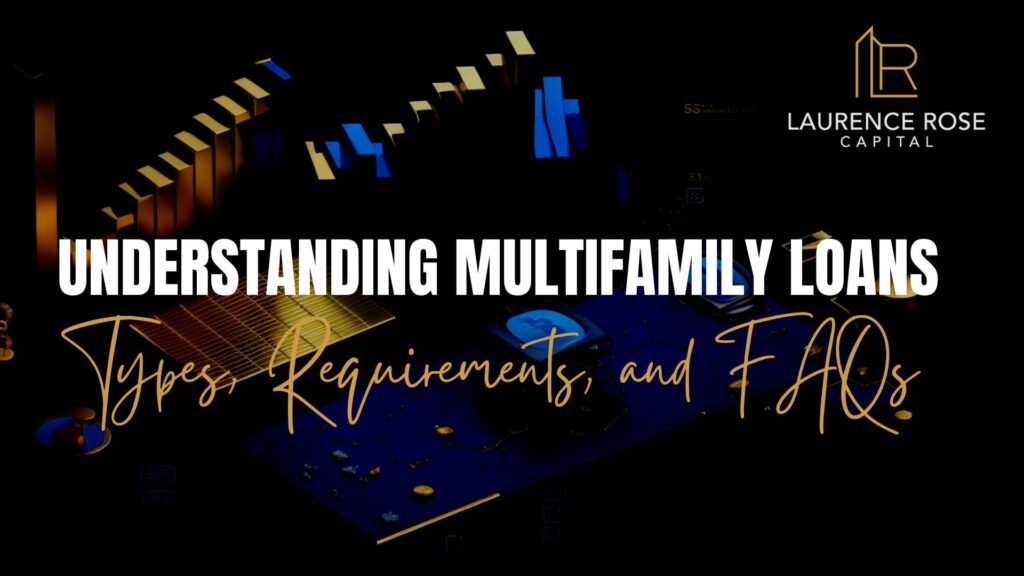Unlocking Real Estate Investment Potential with a Self-Directed IRA
A self-directed Individual Retirement Account (IRA) is a powerful tool that can help you diversify your retirement portfolio by allowing investments in alternative assets, such as real estate. By investing in real estate with a self-directed IRA, you can benefit from tax advantages, long-term appreciation, and rental income. This article will explain the basics of using a self-directed IRA to invest in real estate and the steps to get started.
What is a Self-Directed IRA?
A self-directed IRA is a type of retirement account that allows the account holder to invest in a wider range of assets beyond traditional stocks, bonds, and mutual funds. This account gives you more control over your investment decisions, letting you diversify your retirement portfolio by investing in alternative assets like real estate, precious metals, and private businesses.
Benefits of Investing in Real Estate with a Self-Directed IRA
- Tax Advantages: The earnings from your real estate investment grow tax-deferred within the IRA, allowing your investment to compound over time. Traditional IRA contributions are tax-deductible, while Roth IRA contributions grow tax-free.
- Diversification: Real estate investments can help to diversify your retirement portfolio by offering exposure to a different asset class, reducing the overall risk.
- Potential for Appreciation: Real estate investments offer the potential for long-term appreciation, which can help to grow your retirement savings.
- Rental Income: Real estate investments can generate rental income, providing an additional revenue stream for your IRA.
Getting Started: Steps to Invest in Real Estate with a Self-Directed IRA
- Choose a Custodian: To open a self-directed IRA, you need to choose a custodian that specializes in self-directed IRAs and is familiar with the rules and regulations governing alternative investments.
- Fund Your Account: Transfer funds from an existing IRA, 401(k), or other retirement account into your self-directed IRA, or make a new contribution.
- Select a Property: Conduct thorough research and due diligence on potential properties, considering factors such as location, market trends, and potential rental income.
- Purchase the Property: Once you’ve identified a suitable property, instruct your custodian to purchase it on behalf of your IRA. The property title will be held in the name of your self-directed IRA, not in your personal name.
- Manage the Property: All expenses related to the property, such as maintenance, taxes, and insurance, must be paid from your self-directed IRA. Likewise, all income generated from the property, including rental income, must be deposited directly into the IRA account.
Important Considerations
- Prohibited Transactions: It is crucial to avoid prohibited transactions, such as personally using the property or renting it to a disqualified person (e.g., spouse, children, or parents). Violating these rules can result in severe tax consequences.
- Unrelated Business Income Tax (UBIT): If your IRA invests in a property using debt financing (e.g., a mortgage), it may be subject to Unrelated Business Income Tax (UBIT) on a portion of the rental income.
- Liquidity: Real estate investments are typically less liquid than traditional investments like stocks and bonds. Make sure you maintain sufficient liquidity in your IRA to cover property-related expenses and any required minimum distributions.
A self-directed IRA can be a powerful vehicle for investing in real estate, providing tax advantages, diversification, and potential for appreciation. However, it’s essential to understand the rules and regulations governing these investments to avoid tax penalties and ensure your investment aligns with your overall retirement strategy.






![How Does Creative Financing Work In Multifamily Real Estate [Explained]](https://laurencerosecapital.com/wp-content/uploads/2023/10/JG-BMP-Ira-LRC-JB-Blog-Covers-750-×-422px-1920-×-1005px-1024x576.jpg)
